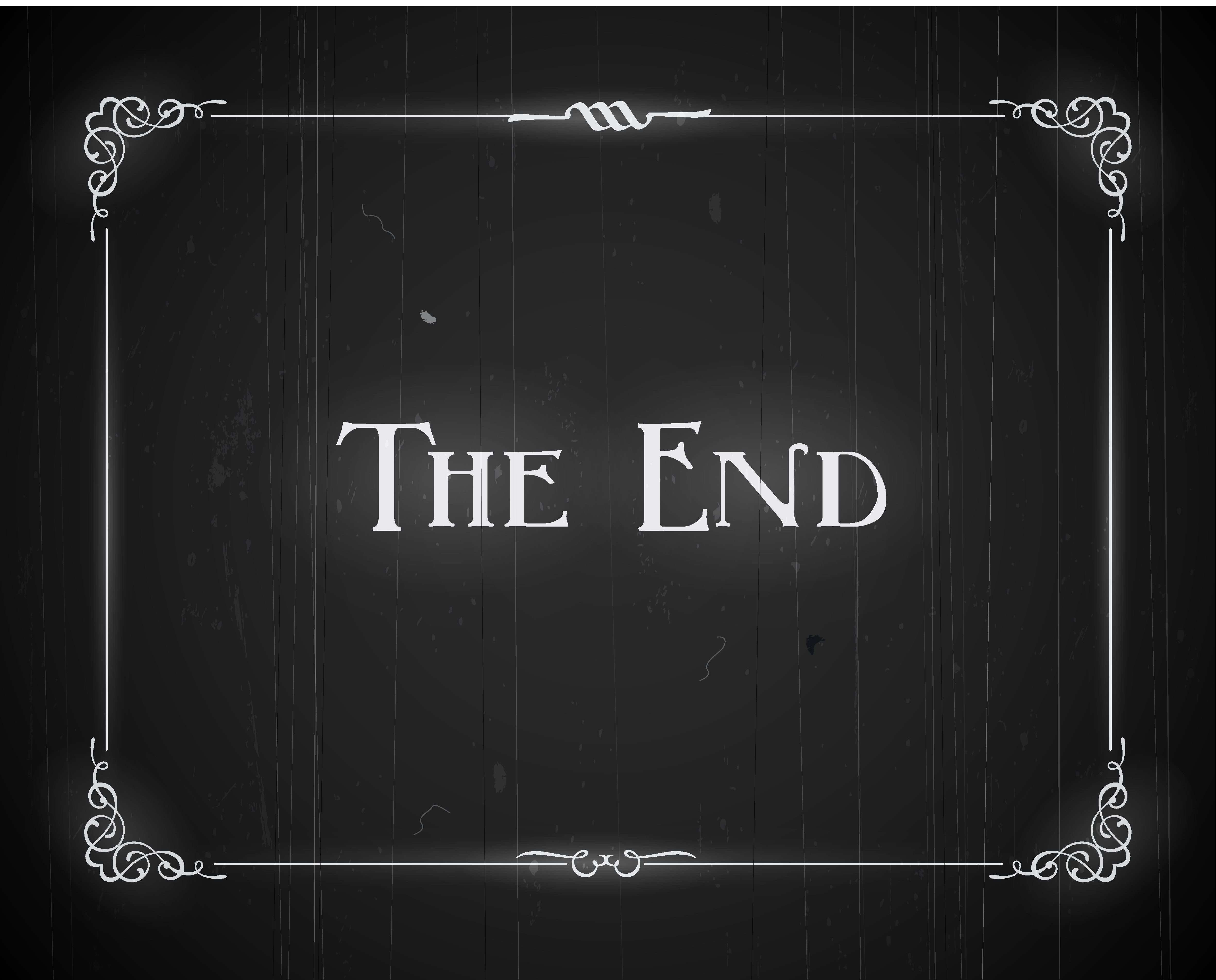Is Save the Cat! for lazy novelists?

By David G Brown
Don’t worry, this article won’t dump all over Blake Snyder’s Save the Cat! resources. In fact, I’m going to take a close look at Snyder’s approach to plotting a screenplay or, with Jessica Brody’s adaptation, a novel. There are huge lessons here for storytellers across the board.
Many writers out there look at plotting guides with contempt, as if they offer a paint-by-numbers approach to the novelist’s art. Quite the contrary—plot points and beat sheets and hero’s journey stages are all tools writers can use to better conceptualize narrative structure. They are not a crutch. You’ll never be able to create an engaging plot with deeply nuanced and compelling characters simply by using a formula.

I don’t believe there is a line that separates genre fiction from literary fiction, but some genres and some authors seem to rely on cookie-cutter plotting, whereas one of the hallmarks of the literary novel is experimentation with narrative structure. Look at The Great Gatsby, for example—it starts at the midpoint and treats the stasis, inciting incident, and initial rising action as a mystery to be uncovered in the climax and resolution by a narrator who is not the protagonist. I get dizzy just thinking about it.
The point is, narrative structure is a significant part of the art of the novel, so it makes sense to consider it from a few different perspectives. Therefore, I highly recommend analyzing your work-in-progress in terms of conventional plot points, the hero’s journey stages, and Snyder’s thematic genres and beat sheets.
In particular, Snyder’s Save the Cat! resources touch on an issue that isn’t usually addressed in other plotting guides: the importance of subplots. But before we get into that, let’s take a look at Snyder’s archetypal genres.
Snyder’s Archetypal Genres
Blake Snyder asserts that all movies can be categorized in terms of ten genres. He isn't talking about genres in the typical sense of horror versus rom-com. Instead, he is describing story shapes. In fact, he is describing one story shape with nine variations.
The most archetypal story shape involves a protagonist struggling toward a goal. In the most epic AND general terms, this goal is a quest. In Snyder's world, this is the Golden Fleece genre.
In a Golden Fleece story, a protagonist heads out on a "road" (literal or figurative) with a "team" or "helper" in pursuit of a "prize," followed by a "return home." This is Homer's Odyssey, in other words. Some have described Golden Fleece as Snyder's "catch-all" genre since stories that don't fit into the other genres can still be described in terms of this ancient standard: a protagonist struggling toward a goal. The other nine Save the Cat genres are also about a protagonist struggling toward a goal, but with other typical characteristics.
Consider the following genres and sub-genres. Where does your manuscript best fit? Can you draw any inspiration from Blake's ten story shapes?
- Golden Fleece—As noted above, this genre can be applied broadly, but these features show up clearly in many modern and ancient narratives: a journey, a helper or team, and a sought-after prize. Over the course of the journey, the protagonist will be transformed in some fashion.
- Monster in the House—"MITH" stories tend to contain, whether literally or figuratively, a monster (source of evil), a restricted space (a house, town, dinosaur park), and a "sin" or source of guilt (someone who is responsible for this monster).
- Out of the Bottle—this genre clearly references Aladdin, and it's one in which many fantasy stories fit. It involves a wish or prayer of some kind, a source of magic or power that comes with specific rules and consequences, and an important lesson the protagonist must learn. In the end, the protagonist usually solves the problem or achieves their wish by their own efforts rather than by magical means.
- Dude with a Problem—this is the story of an ordinary protagonist who is thrust into a dangerous world; their quest is forced upon them, and they must fight to escape or survive.
- Rites of Passage—in most fiction and film, the protagonist has an inner need (internal conflict) that is in opposition to their goal (external conflict), and to achieve the latter, they must come to terms with the former. In a Rite of Passage story, this is the primary showcase. A protagonist is transitioning from one stage of life to another—growing up, becoming a parent, approaching death—and they must reconcile their internal conflict in order to embrace their next stage of existence.
- Buddy Love—the Buddy Love story shape is based upon an "incomplete" protagonist who must find "completion" in a friend, counterpart, romantic partner, or even an enemy. Whereas many narratives involve something along these lines as a sub-plot, a Buddy Love story showcases this relationship and the duo's conflict and/or collaboration.
- Whydunit—this is, of course, the story shape of most mysteries. A crime has usually been committed, which the detective or investigator (and reader) must doggedly piece together. Note that the protagonist in a Whydunit often doesn't have a complete arc. The transformation instead belongs to the audience as their perceptions shift with the revelation of each clue. While most protagonists leading up to a climax reach an "all is lost" moment, the corresponding "dark turn" in a Whydunit often involves the investigator breaking a personal rule to overcome the final challenge.
- The Fool Triumphant—in this genre, a "fool" or a nobody goes up against a group, institution, or even society, with their ignorance or outsider's perspective as a strength. Over the course of this story, the fool will best the powers that be and in doing so will be fundamentally transformed.
- Institutionalized—Snyder refers to this as "the genre of individualism." The protagonist in Institutionalized stories goes up against the collective, whether a workplace, a system of hierarchy, a family, or (unsurprisingly) an actual institution. The protagonist is faced with three options or sacrifices in their conflict with the collective: "join it, burn it down, or destroy self."
- Superhero—this is the realm of the often-reluctant hero who, in accepting their "power" over others, must also acknowledge their isolation or curse. Note that the antagonist is often a reflection of the hero in some way, though through a warped mirror.
Snyder’s genres provide writers with a framework by which to assess their story. Almost every movie and novel can be slotted into one of these ten categories, which means they are story shapes that work. But it’s far from an easy formula for paint-by-numbers storytelling. Each of these genres hits upon a psychological template that engages and resonates with viewers and readers.
But the genres on their own are not the whole picture. The next crucial element from the Save the Cat! resources is Snyder’s beat sheet or outline template.
Save the Cat! Beat Sheets
A beat sheet, according to Wikipedia, is "a document with all the events in a movie script to guide the writing of that script."

As noted, Snyder's Save the Cat! beat sheet was originally intended for screenwriters, but thanks to Jessica Brody, many authors have discovered that these beats can be applied to most successful novels. That is because the psychological elements of anticipation and release, promise and reward, are inextricable from how stories are told, and which stories resonate and persist.
Snyder's beat sheet isn't that different from conventional plot points. A critical feature for novelists to consider, however, is the "B story." This is a secondary problem, most often involving a friendship or love interest, that must also be resolved by the end. In fact, the solution to the main plotline is often tied up in the outcome of the B story.
For novelists, this is more often referred to as a subplot or secondary storyline. Life is complex, and in representing that complexity in fiction, novelists will intertwine two or more secondary storylines.
Blake Snyder's 15 beats
Opening image—forecasting the story's tone and trajectory through initial imagery
Theme stated—this often comes via an offhand comment from another character
Set-up—the protagonist's stasis or normal life
Catalyst—stasis is disrupted as the protagonist's goal/quest crystalizes
Debate—the protagonist weighs their options, has cold feet, or "resists the call"
Break into Two—the second act begins as the protagonist crosses the point of no return
B Story—a new plot complication or secondary storyline begins
Fun and Games—the protagonist's initial efforts meet with some success
Midpoint—the protagonist is blindsided by a revelation or insurmountable obstacle; the way forward is further complicated
Bad Guys Close In—the antagonist is winning; the protagonist's every effort seems in vain
All is Lost—the protagonist's failure is at hand
Dark Night of the Soul—the protagonist must compromise, transform, and/or revise their goal
Break into Three—the third act begins as the protagonist begins this last-ditch effort
Finale—the protagonist either achieves their goal or fails while learning something important (transforming) in the process
Final Image—the inverse of the opening image; the protagonist's new stasis
Zooming in on the B Story
The B Story is only afforded one beat on the Save the Cat! beat sheet, but that doesn’t mean your story’s subplot arises and is dealt with in one scene. Instead, the B Story beat represents the moment when the subplot is introduced. This secondary storyline will be a source of obstacles that hinder the protagonist as well as resources that may help. Also, keep in mind that many novels have more than one subplot, which means you’ll need more than one introduction point.
A subplot can be a secondary goal or quest that the protagonist needs to achieve, but more often subplots take the form of relationships. A love interest fits the bill, but all relationships—friendships, uneasy partnerships, and even rivalries—are excellent subplot fodder.
Throwing two characters into a story together isn’t enough. Like the characters themselves, their relationship should strain and give and ultimately change.

Subplots give your story more complexity and your characters more depth. As the protagonist strives and struggles toward a goal, we see who they are in the choices they make. Their choices communicate their values and personality. The same goes for the choices they make in their relationships. How they resolve conflict and how they collaborate defines them both in relation to each other.
Novelists shouldn’t take the relationships in their stories for granted. Make sure there is give and take, conflict and collaboration. Plot out each relationship in the same way you’ve plotted out the main storyline. Give the two parties a narrative goal, whether that’s a deeper friendship or intimacy or a dispute to resolve. Next, throw obstacles in their path to make it difficult for them to achieve their goal. Once they’ve worked through conflict together, whether external or interpersonal, they will know each other better—and readers will too.
No, Save the Cat! is not for lazy novelists
There is no tool or formula that will make the novel a simpler art form. It takes years and a lot of workshopping and editing for writers to learn the craft, and a big part of the craft is narrative structure.
Even if you commit Save the Cat! to memory and meticulously outline your next manuscript, chances are good that you’ll need to tear apart the first draft anyway. And maybe the second.
🪓🪓

David Griffin Brown is an award-winning short fiction writer and co-author of Immersion and Emotion: The Two Pillars of Storytelling. He holds a BA in anthropology from UVic and an MFA in creative writing from UBC, and his writing has been published in literary magazines such as the Malahat Review and Grain. In 2022, he was the recipient of a New Artist grant from the Canada Council for the Arts. David founded Darling Axe Editing in 2018, and as part of his Book Broker interview series, he has compiled querying advice from over 100 literary agents. He lives in Victoria, Canada, on the traditional territory of the Songhees and Esquimalt Nations.







